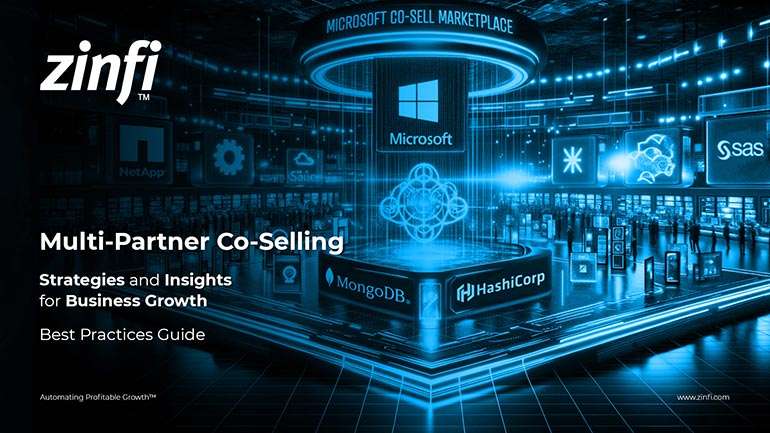Best Practices Articles

How Does Affiliate Marketing Management Software Work?
Affiliate marketing management software focuses on building and managing a thriving affiliate network through automation. Affiliate marketing has existed for ages. However, with the advent of the Internet, various new communication channels have appeared and led to the emergence of marketing and sales automation tools, including a whole new category of software called affiliate marketing management (AMM) software. In this article, we will explore how affiliate marketing management software actually works.
Affiliates essentially refer to a group of partners who promote a brand without actually selling the products and services directly to an end buyer. Based on the promotions provided by the affiliates, end customers reach out to a brand, either online or via a physical location or over the phone, to procure a product and service. An affiliate typically receives a referral fee for each lead and a sales commission once a transaction is completed. These sales commissions tend to be much lower than commissions earned by a transacting partner such as a reseller, agent or service provider.
When we think about any software that automates business processes, we need to think logically about the steps that the business is trying to automate. In the case of affiliate marketing management processes, we need to think about the lifecycle of affiliate marketing, which includes affiliate recruitment, affiliate onboarding, affiliate enablement, affiliate payments and affiliate management. Let’s “double-click” on each of these phases to see how affiliate marketing management software automates these sub-process steps.
- Affiliate recruitment – There are many types of affiliates. It could be a blogger writing about cooking and referring readers via links to the website of a company that sells ingredients, a manufacturer of cookware or some other retailer. An affiliate could also be an engineering house that designs heating and cooling systems and refers construction companies to high-value products. Companies that want to recruit affiliates usually target specific audiences using traditional direct marketing techniques. Therefore, your affiliate marketing management software needs to include a set of “market to” tools that can be an integral part of your affiliate network management capabilities.
- Affiliate onboarding – Once you have reached out to generate interest from a group of potential affiliates, you need an online destination site and a form that prospective affiliates can fill out to apply and sign up. Now, based on the types of products or services you plan to promote via an affiliate network, you may keep the registration and onboarding open to all, or you may have a gated process where someone reviews and approves prospective affiliates. Once the affiliate partner has been approved to join the program, the onboarding steps begin. These include activities like contract signing, submission of tax paperwork, and training that teaches affiliates how to use various promotional tools, how to refer or register a lead, and then how to get paid. All of these activities can be automated using affiliate marketing management software.
- Affiliate enablement – Once a group of affiliate partners have been onboarded, the next step is to make sure they are properly enabled. This enablement often starts with an online learning program that shows them how to market and promote a specific set of products and services. The simpler the product or service, the less complex the marketing tactics—and vice-versa. However, traditionally most affiliate marketing management software includes link promotion (hyperlinks to products and services that an affiliate can embed in a blog, article, news release or other promotional vehicles), advertising widgets (blocks of HTML content that an affiliate can embed on their website) and various other online and offline advertising tools, including direct mail, posters, banners and more.
- Affiliate payments – Just as a reseller partner resells your products and services, in a very similar way an affiliate re-markets your products and services on your behalf. But there is an important distinction to keep in mind. Transacting affiliate partners traditionally get paid on commission when the partner organization makes a sale. Non-transacting affiliate partners, on the other hand, typically get paid based on the leads or traffic they generate, which may or may not lead to a sale. Therefore, the payments for affiliates tend to fall into two broad categories: commissions or incentives for leads, and commissions that are paid when the lead actually ends up buying products or services. AMM software needs to be able to manage both kinds of payments efficiently and keep them distinct.
- Affiliate management – Broadly speaking, the management capabilities of affiliate marketing management software include the first four steps cited above: recruitment, onboarding, enablement and payment management. However, affiliate management capabilities must extend beyond those four functions. For example, AMM software should provide users with tools to run integrated analytics so that organizations can quickly understand which promotions are working and which are not, identify steps that should be taken to expand the coverage of certain products via affiliates, and determine which products need to be scaled back. AMM software should also allow a brand to efficiently discontinue products and ensure that affiliate partners are no longer promoting these products. In the case of high-impact personal products, especially, it’s essential that when a product is recalled that the entire network stop marketing immediately.
There are many other functions AMM software must be able to carry out, but these five categories represent the most essential high-level requirements.
I hope this article gives you a broad perspective on how affiliate marketing management software can automate various business process steps. ZINFI’s Unified Partner Management (UPM) platform comes with a broad set of tools that allow brands to onboard both transacting and non-transacting affiliate partners through customized automated paths. Having this functionality is essential—not only to ensure that broader messaging is not mixed between transacting and non-transacting partners, but also to ensure organizational resources are properly aligned to maximize ROI from affiliate marketing and partner sales activities. In subsequent articles we will explore in greater detail how affiliate marketing management software applied to these five core areas can help to automate marketing and sales motions and allow businesses to scale profitably for years to come.
Best Practices Guidebook
 B2B Marketing in the Age of Intelligence Best Practices
B2B Marketing in the Age of Intelligence Best PracticesDownload Guide
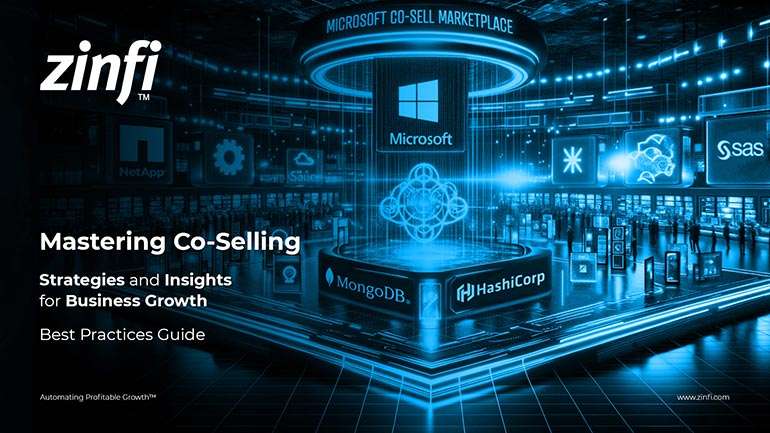 Multi-Partner Co-Selling Best Practices
Multi-Partner Co-Selling Best PracticesDownload Guide
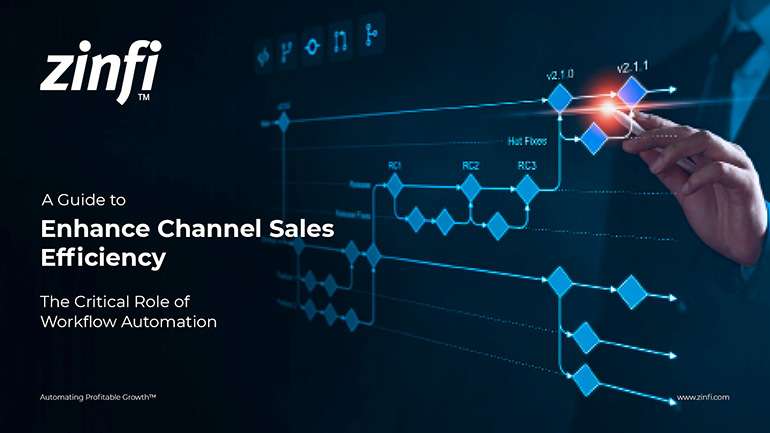 A Guide to Enhance Channel Sales Efficiency
A Guide to Enhance Channel Sales EfficiencyDownload Guide
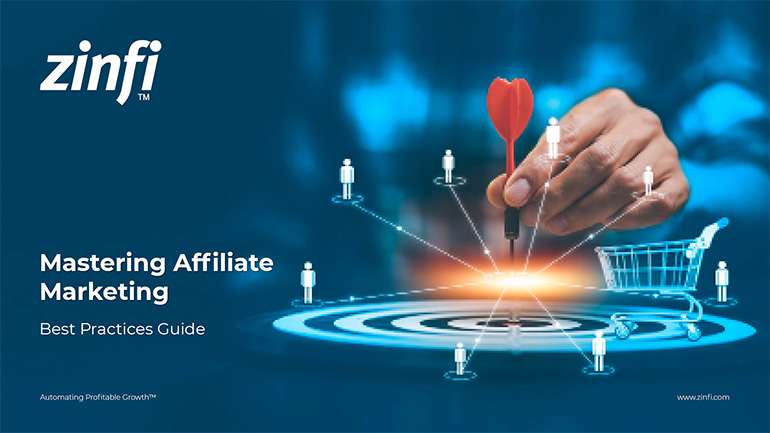 Mastering Affiliate Marketing Best Practices
Mastering Affiliate Marketing Best PracticesDownload Guide
 The Ultimate Guide to Channel Partner Management
The Ultimate Guide to Channel Partner ManagementDownload Guide
 Top 10 Trends in 2024 Partner Relationship Management
Top 10 Trends in 2024 Partner Relationship ManagementDownload Guide
 Building Bridges: Best Practices in PRM
Building Bridges: Best Practices in PRMDownload Guide
 Mastering Channel Marketing Best Practices
Mastering Channel Marketing Best PracticesDownload Guide
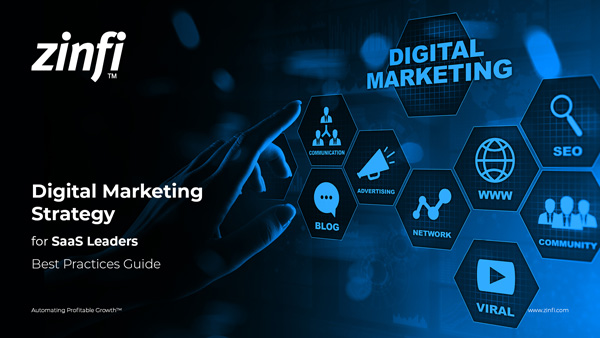 Digital Marketing Strategy for SaaS Leaders
Digital Marketing Strategy for SaaS LeadersDownload Guide
 Mastering Partner Management Best Practices
Mastering Partner Management Best PracticesDownload Guide
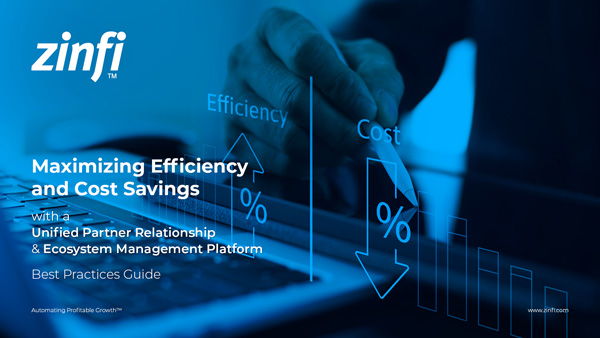 Maximizing Efficiency and Cost Savings with Partner Ecosystem
Maximizing Efficiency and Cost Savings with Partner EcosystemDownload Guide
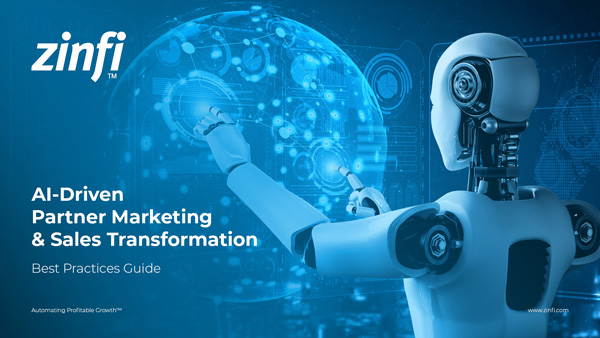 AI-Driven Partner Marketing Best Practices
AI-Driven Partner Marketing Best PracticesDownload Guide
 Agency Partners Best Practices
Agency Partners Best PracticesDownload Guide
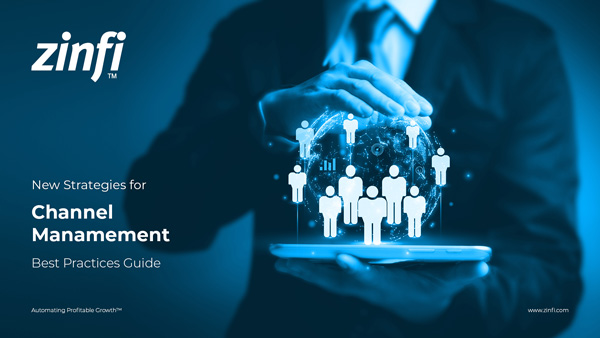 New Strategies for Channel Management Best Practices
New Strategies for Channel Management Best PracticesDownload Guide
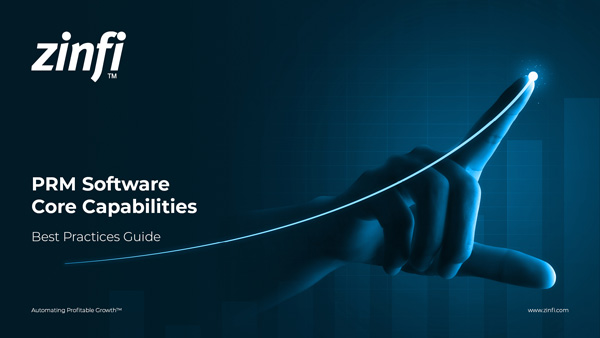 PRM Software Best Practices & Core Capabilities
PRM Software Best Practices & Core CapabilitiesDownload Guide
 AI-Powered Marketing Strategies Best Practices
AI-Powered Marketing Strategies Best PracticesDownload Guide
 Partner Onboarding Best Practices
Partner Onboarding Best PracticesDownload Guide
 Affiliate Marketing Management Best Practices
Affiliate Marketing Management Best PracticesDownload Guide
All Guidebooks


